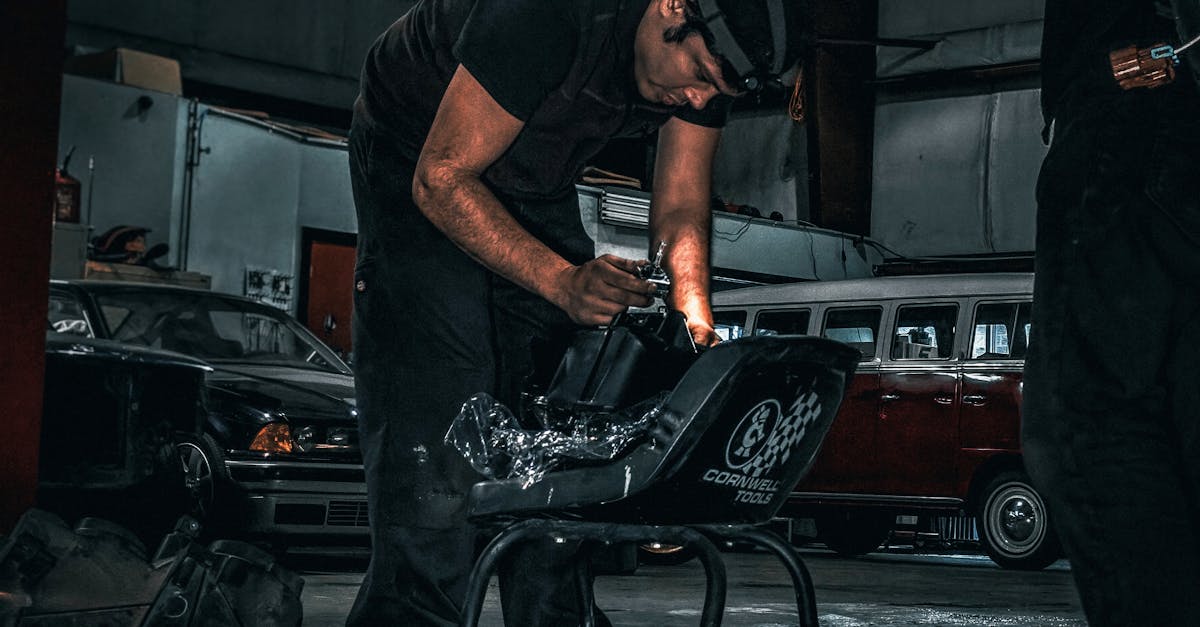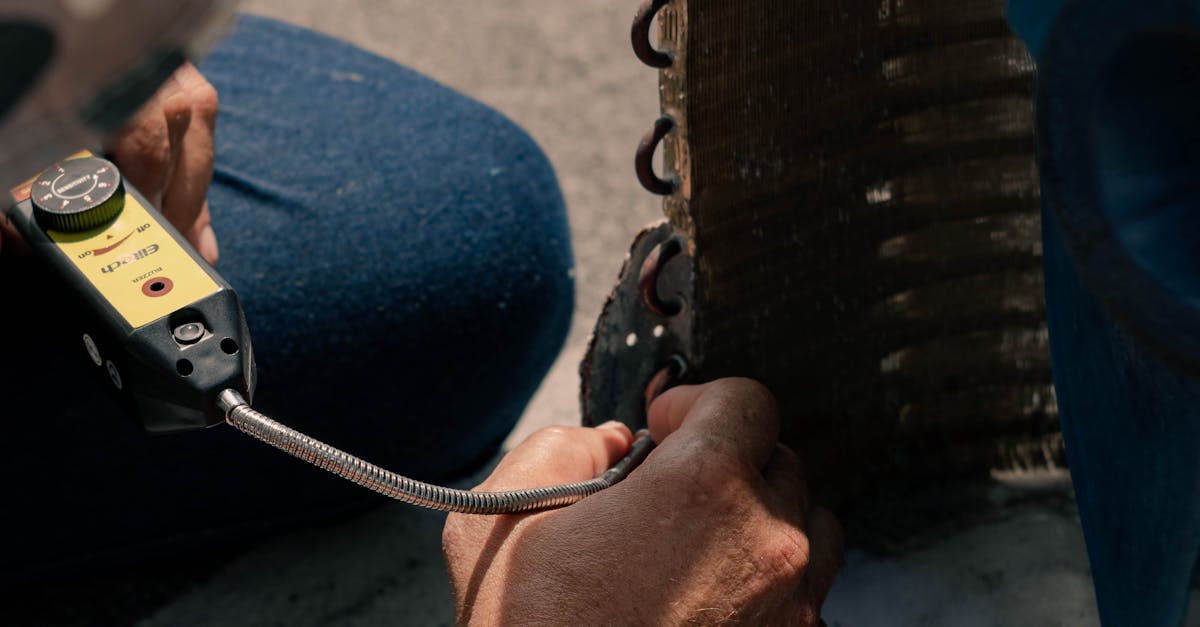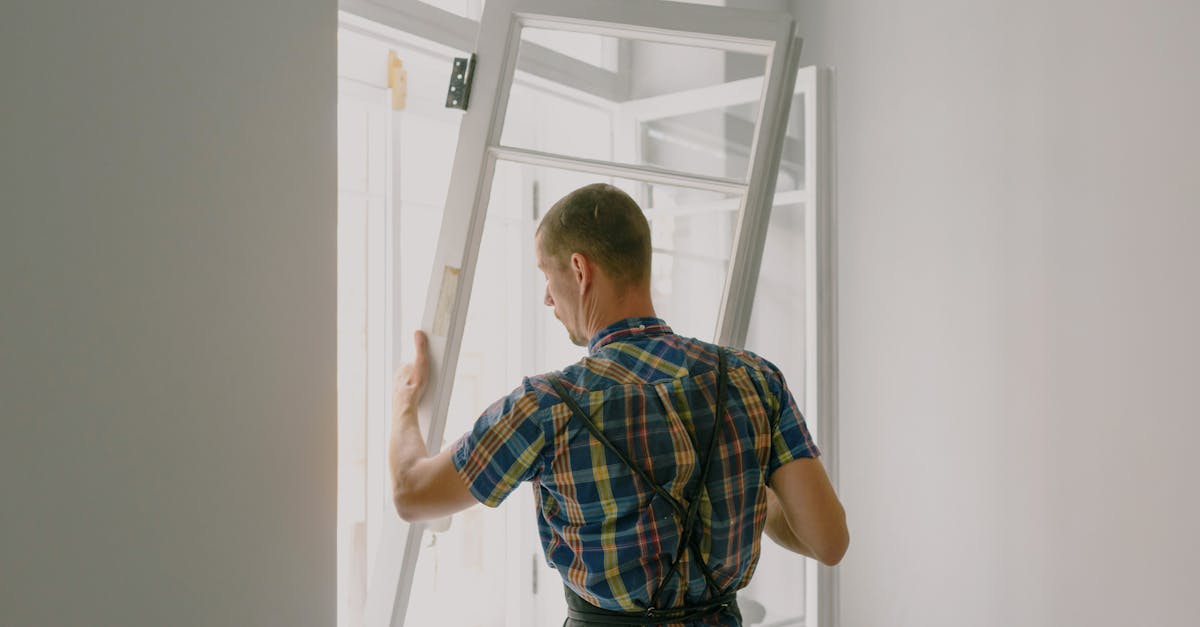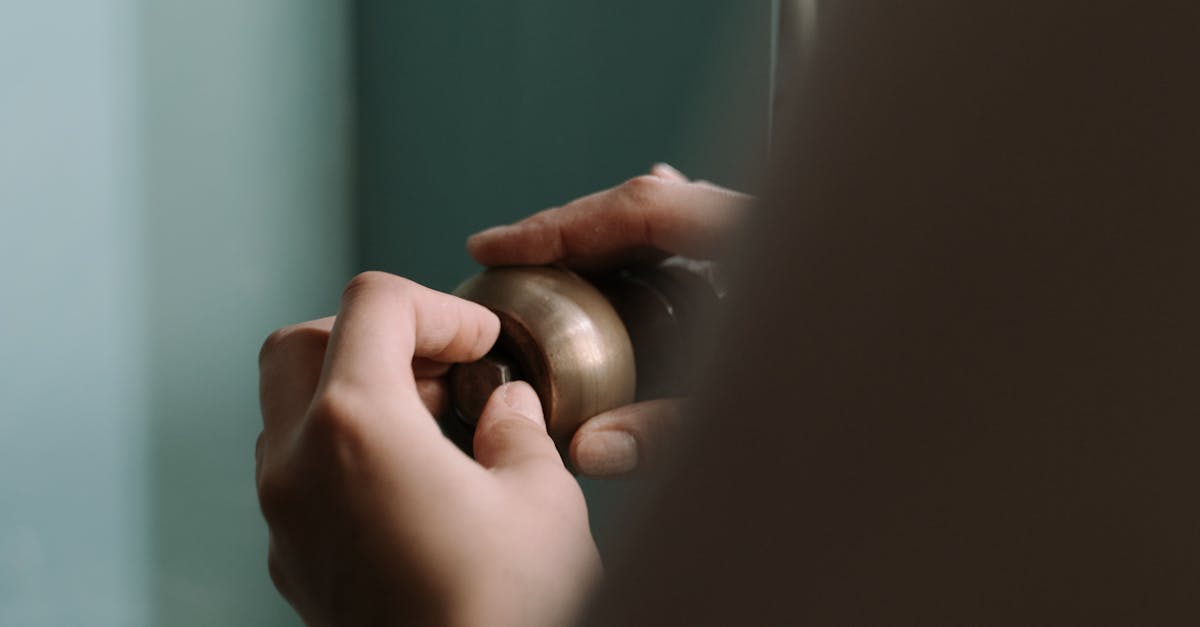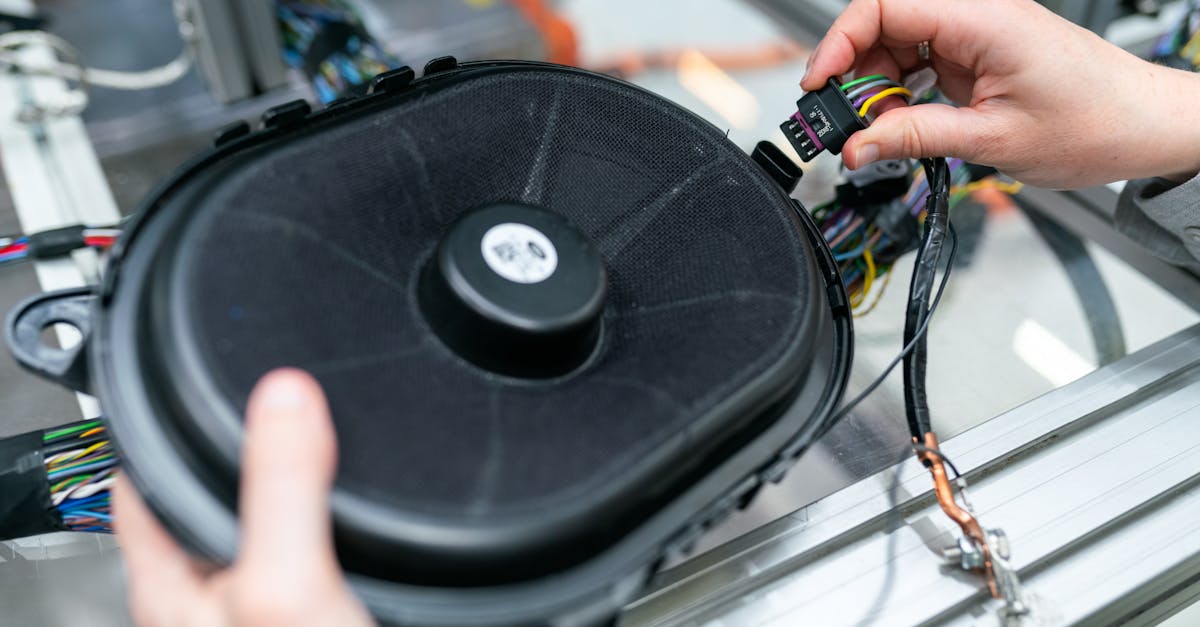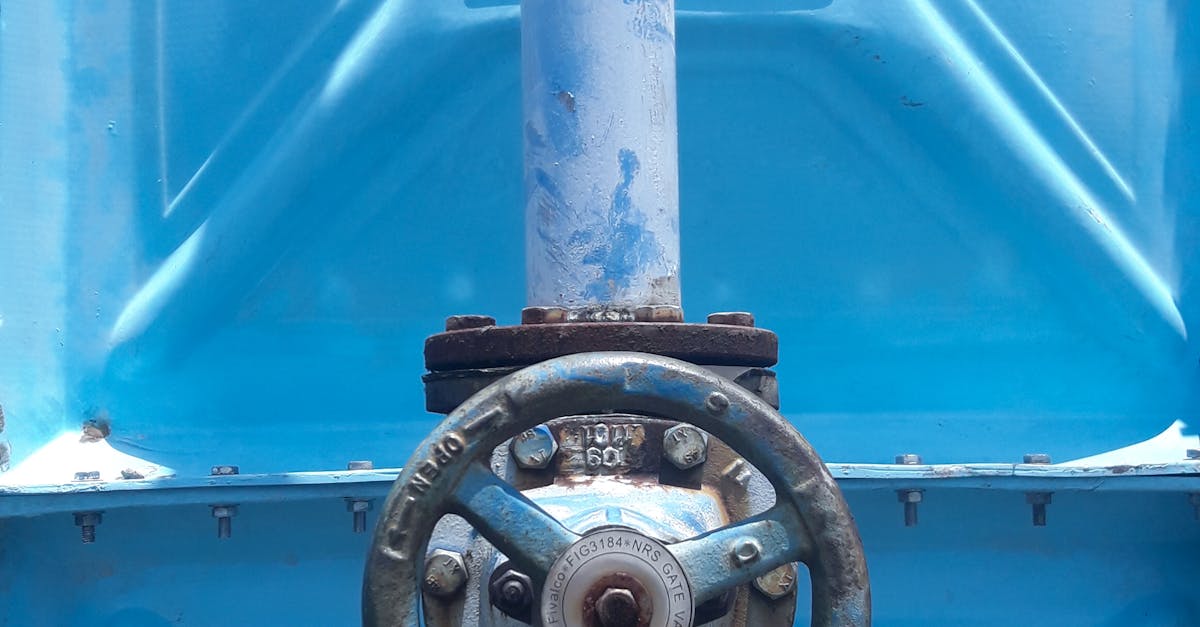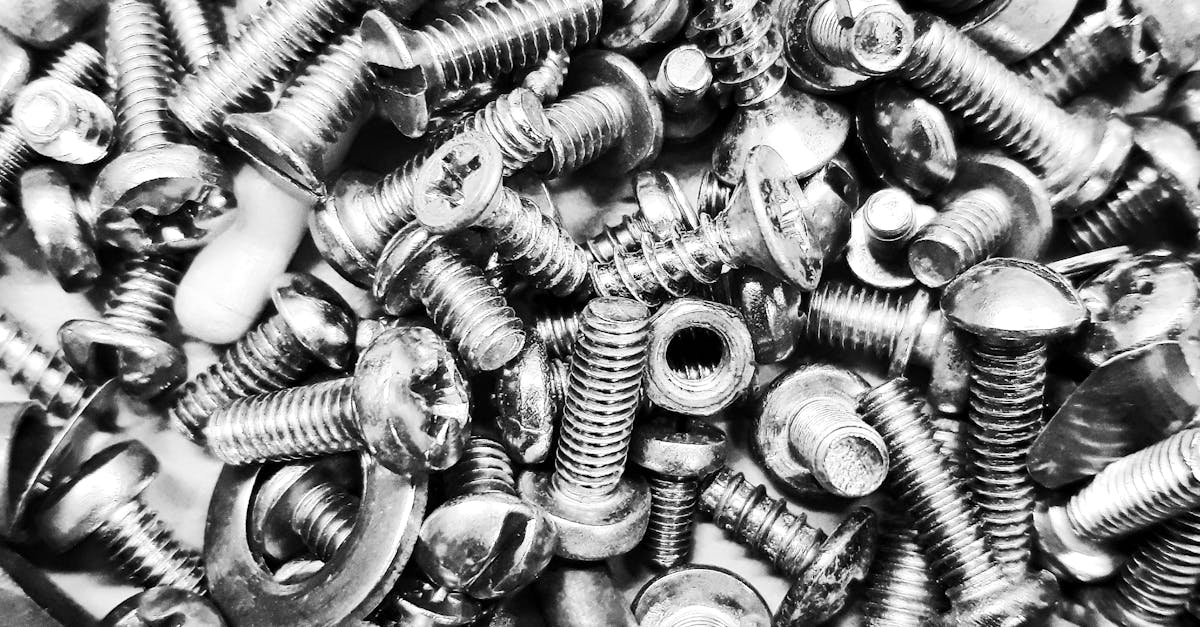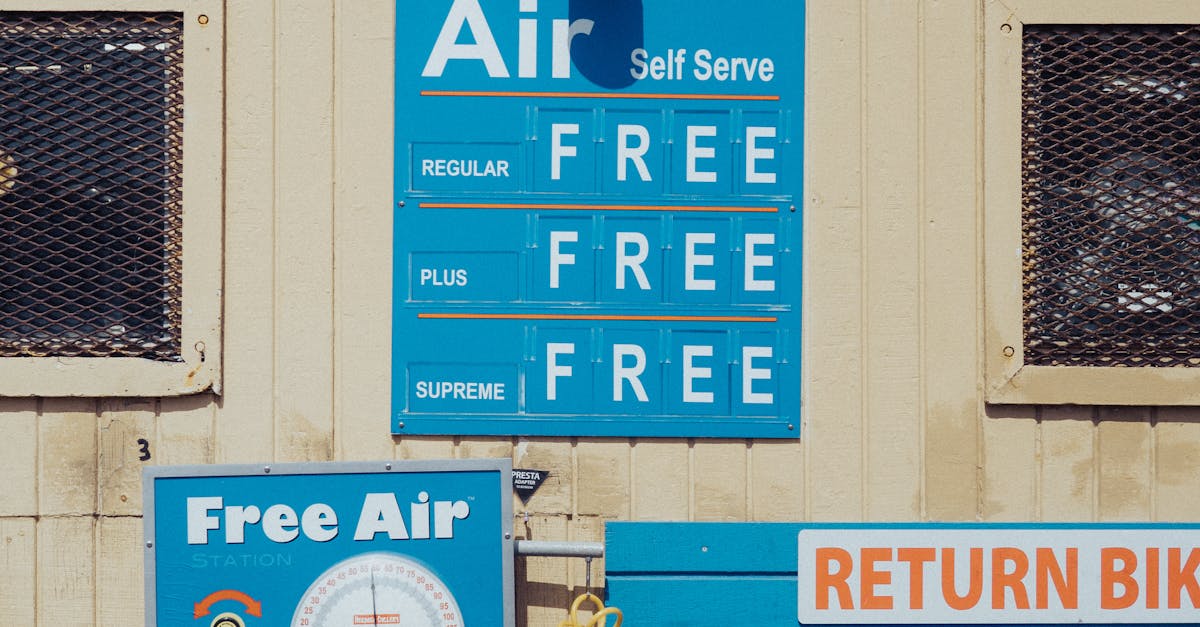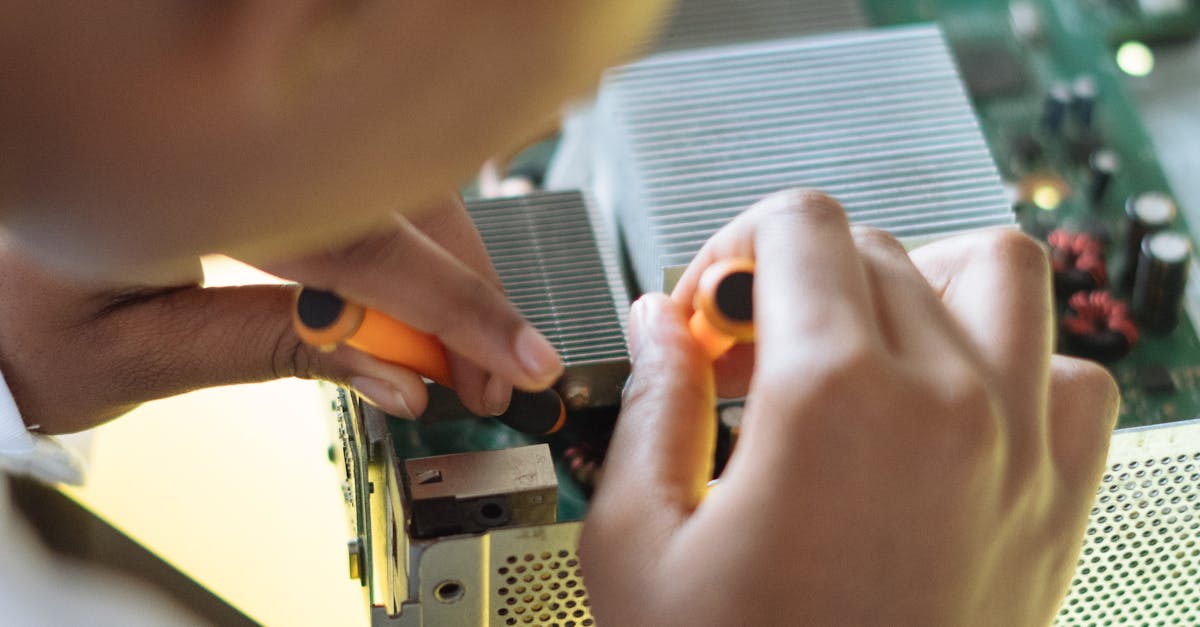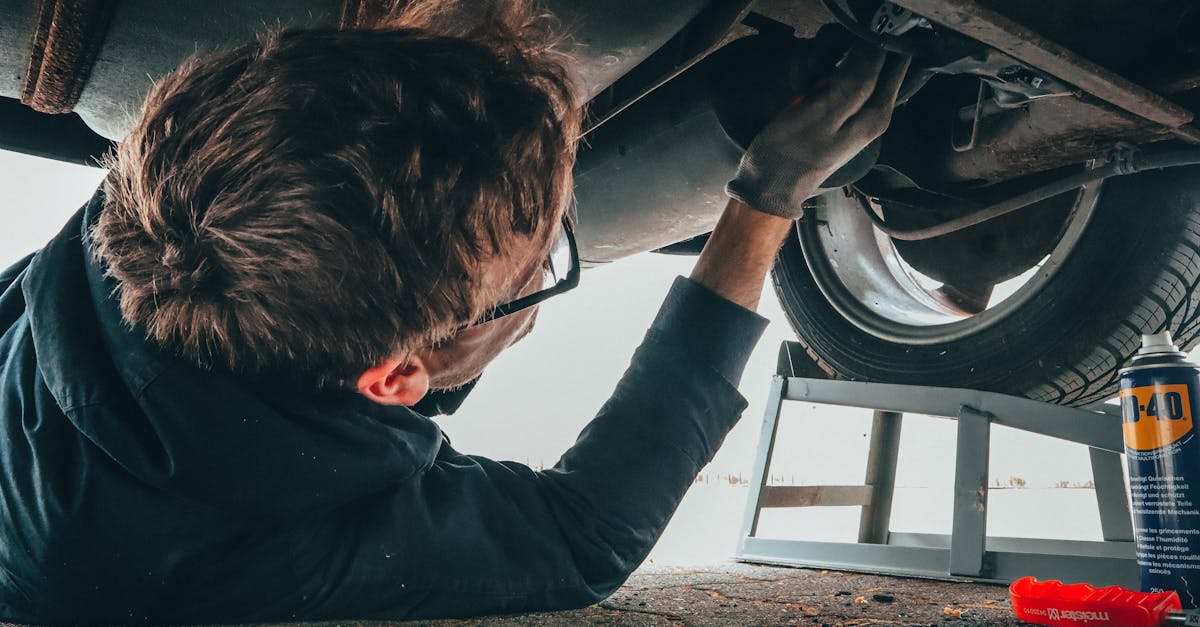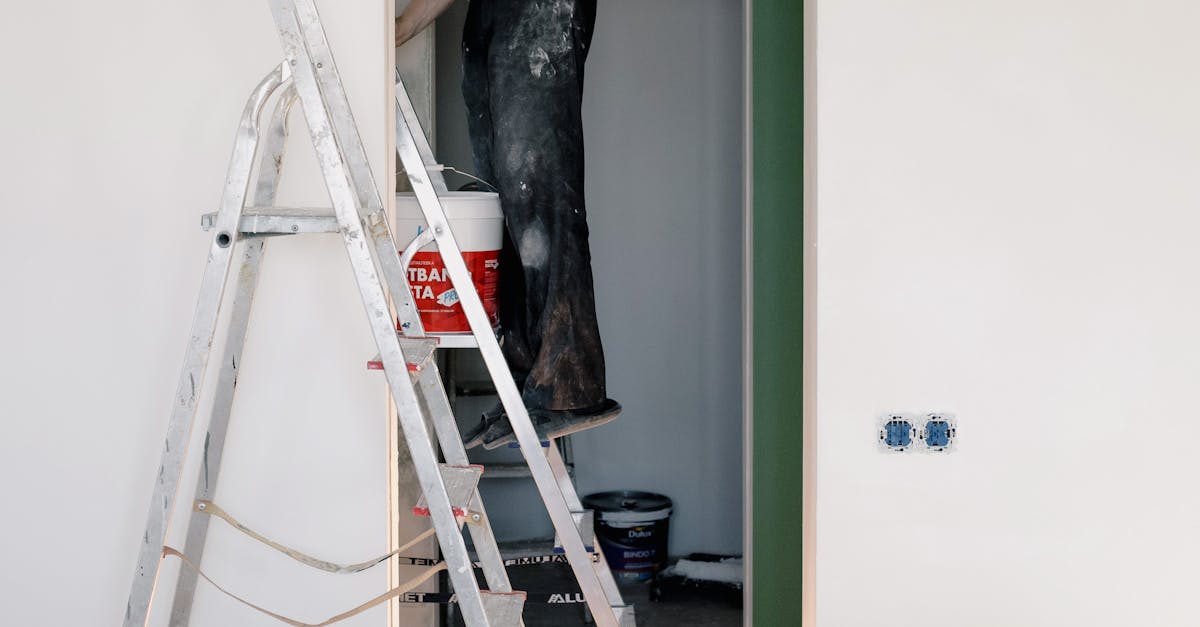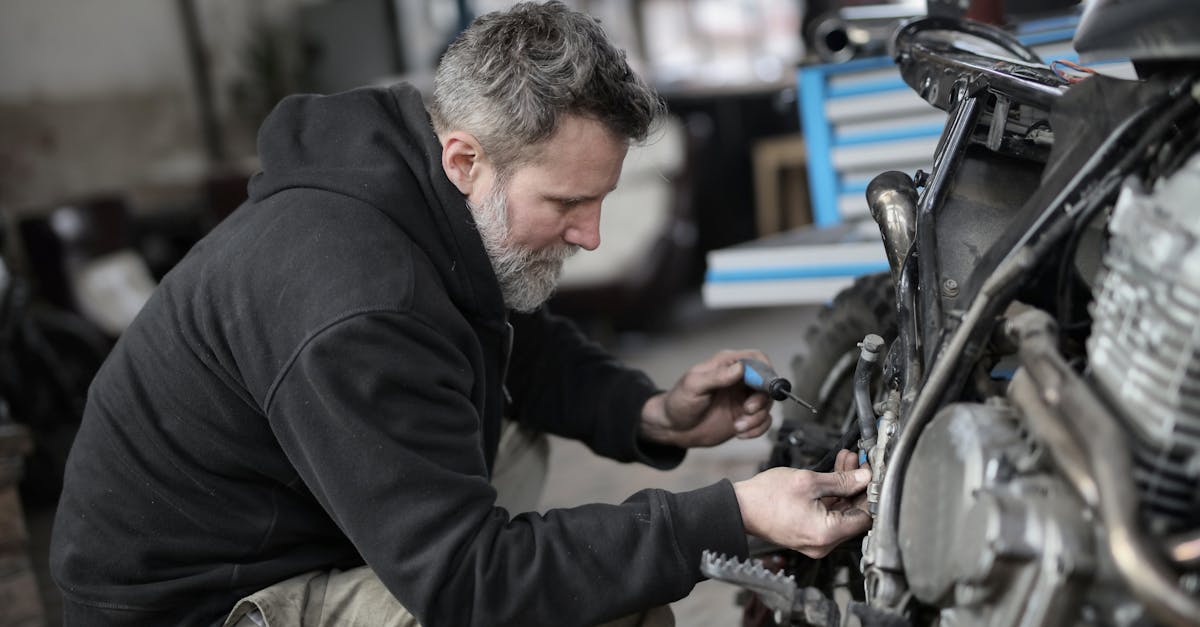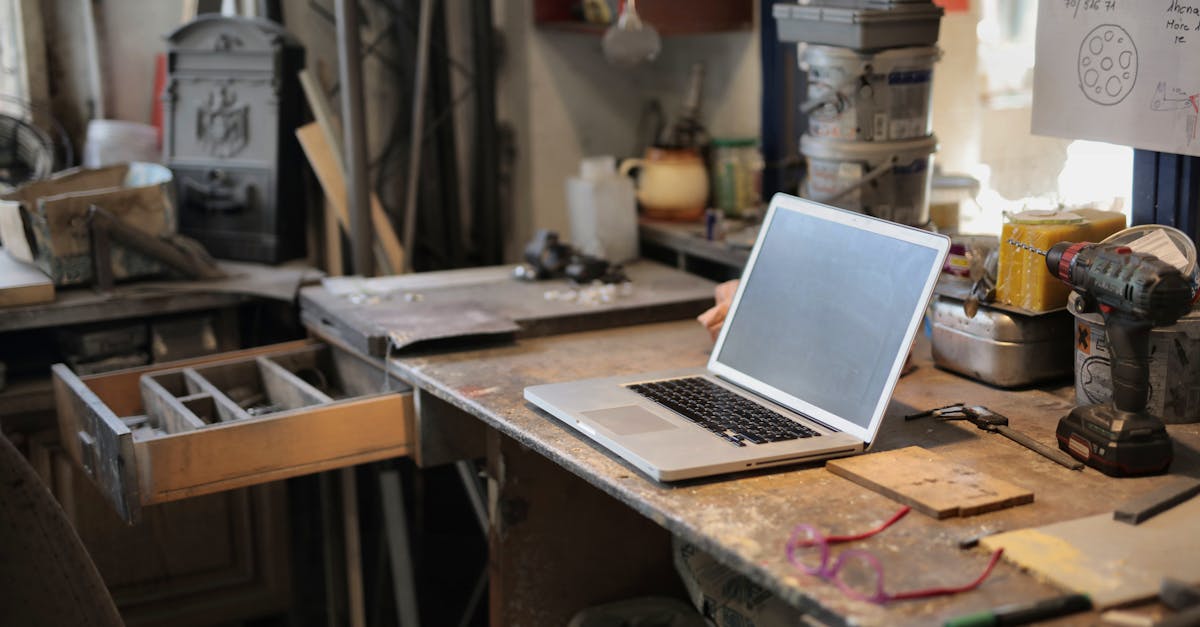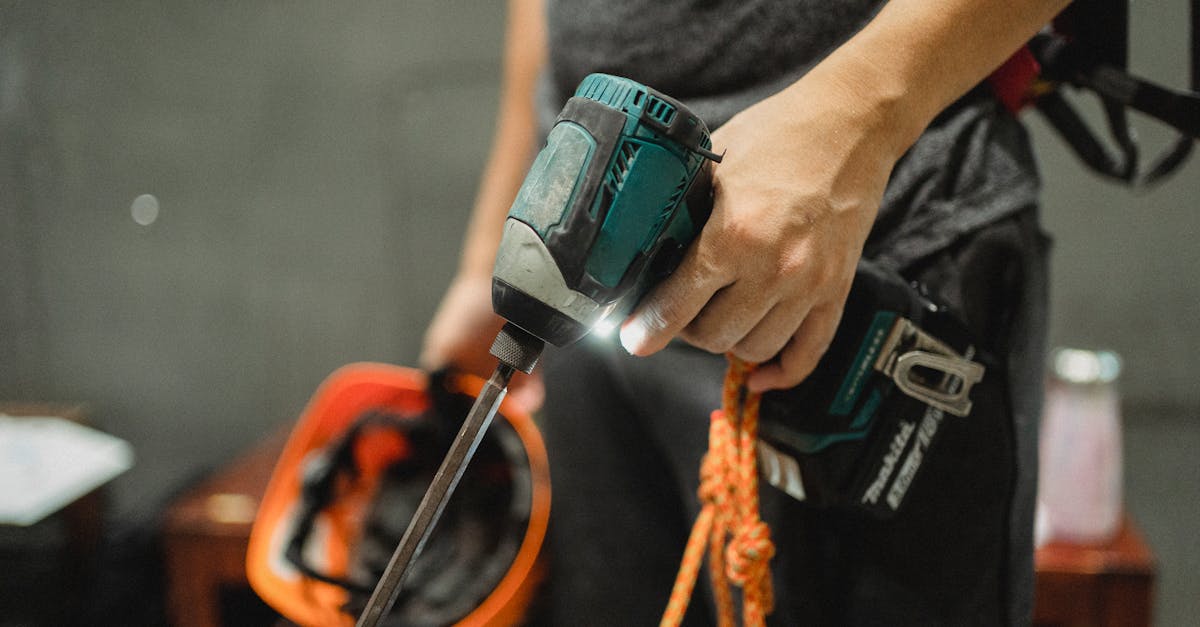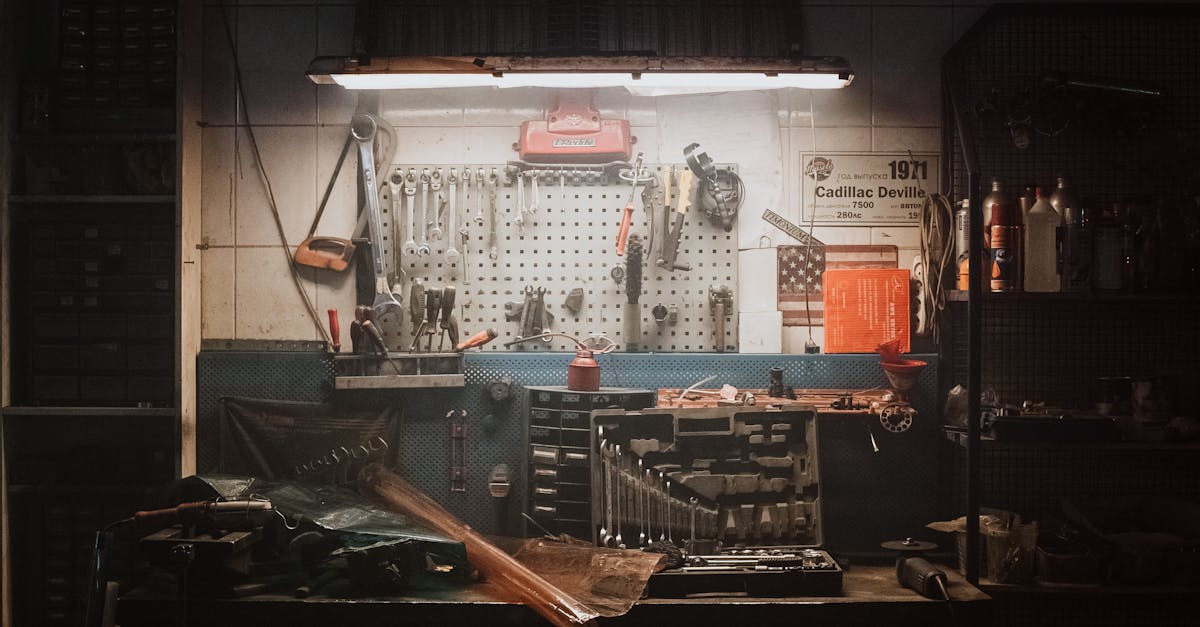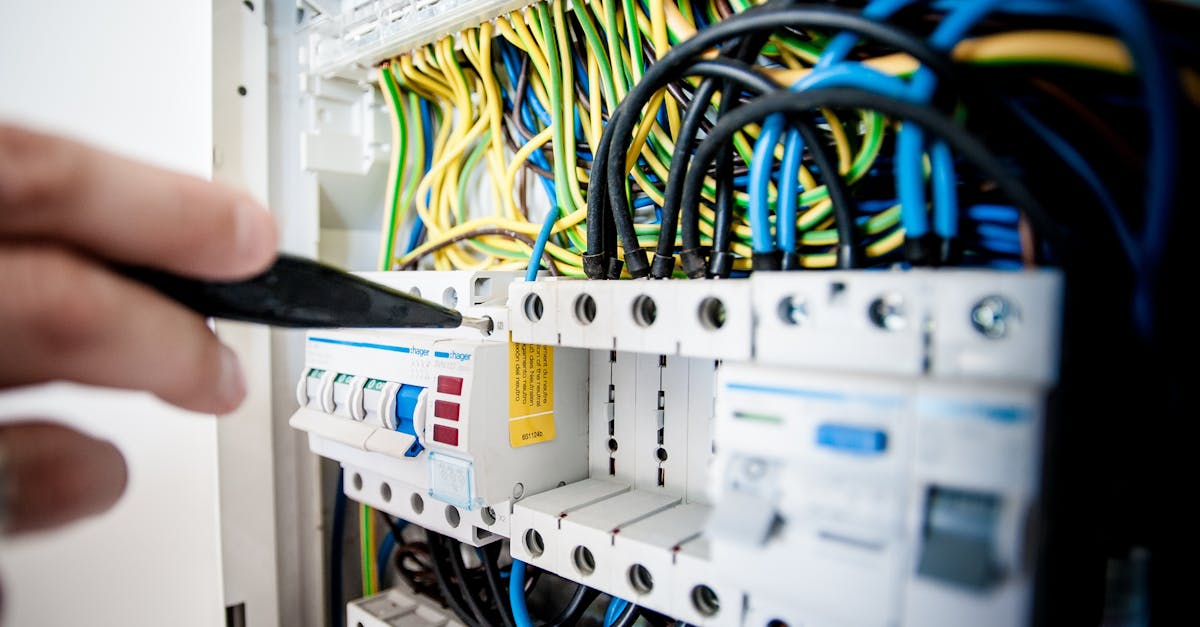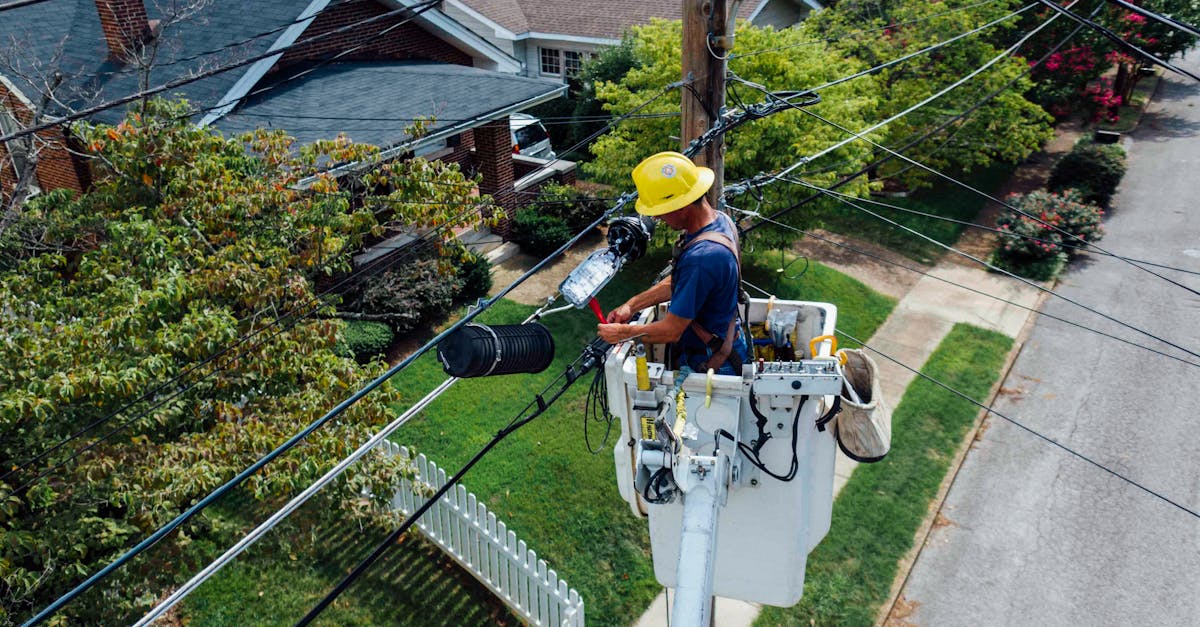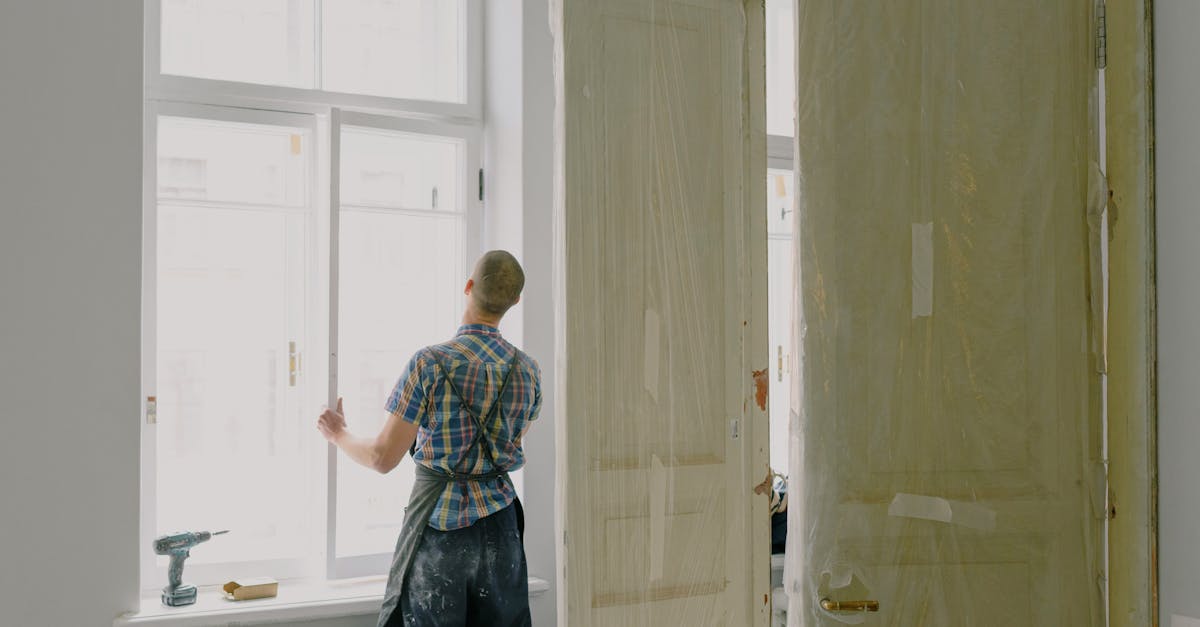
Table Of Contents
Testing for Leaks
Testing for leaks in a threaded joint is crucial to ensure that your plumbing or gas systems function safely and effectively. A simple method involves using a soap solution; applying it around the joint will reveal any leaks through the formation of bubbles. This technique is efficient and allows for quick identification of problem areas without the need for disassembly. Regular inspections can save time and resources while maintaining safety standards.
For gas applications, particularly, it's essential to check for leaks as gas fittings can pose serious risks if not properly sealed. If the soap solution indicates a leak, it’s advisable to consult professionals who specialise in gas fitting repair services. They possess the expertise to conduct thorough inspections and recommend appropriate fixes, ensuring that your system remains secure and compliant with safety regulations.
Methods to Check for Effectiveness
After applying a sealant or repair compound to a leaking threaded joint, it’s important to check for effectiveness. One effective method is to observe the joint over time for any signs of moisture accumulation. A noticeable damp area around the joint indicates that the repair might not have taken. Another approach involves gently applying pressure to the system, such as turning on the water or gas, while monitoring for leaks. Any new drips or hissing sounds could signify that further action is necessary.
If the initial methods yield inconclusive results, consider using a soapy water solution. Applying this mixture to the joint can help highlight any escaping gases or liquids through the formation of bubbles. For persistent leaks or if unsure about the repair’s effectiveness, seeking professional assistance is advisable. Gas fitting repair services can provide a thorough inspection and ensure that the issue is addressed safely and effectively, preserving the integrity of the system.
Preventative Measures
Regular maintenance is essential for preventing leaks in threaded joints. Inspect joints periodically for signs of wear or corrosion. Tightening loose fittings can help maintain the integrity of the connection. Use appropriate sealants that are compatible with the specific materials of the joint, as this can provide an additional layer of protection against leaks.
Establishing a routine maintenance schedule can help identify potential issues before they escalate. Additionally, consider engaging professional gas fitting repair services for comprehensive inspections. They have the expertise to spot problems that may go unnoticed during regular checks. This proactive approach not only extends the life of your fittings but also ensures a safer environment.
Maintaining Threaded Joints
Regular maintenance of threaded joints can significantly extend their lifespan and prevent leaks. Inspecting these joints frequently allows you to identify signs of wear or damage before they escalate into more serious issues. A visual check for corrosion or rust can reveal potential weaknesses. Ensuring that threads are clean and free from debris also promotes a better seal when they are tightened.
Occasionally, applying a suitable thread sealant can enhance the integrity of the joint. This is especially relevant in environments prone to vibrations or movement. Additionally, monitoring the pressure in the system can provide early warnings of potential failures. For those unsure about their assessment, consulting a professional may be wise. Gas fitting repair services can offer expert advice and effective solutions to maintain the safety and efficiency of your plumbing systems.
When to Seek Professional Help
Identifying when to seek professional assistance can be critical in managing a leaking threaded joint effectively. Signs such as persistent moisture around the joint or noticeable water pooling indicate a need for expert evaluation. Ignoring these issues may lead to more extensive damage over time. A professional can conduct a thorough assessment to determine the root cause and offer tailored solutions.
In cases involving gas lines, the stakes are even higher. Any leaks in gas fittings can pose significant safety risks. Gas fitting repair services are essential in these situations to ensure compliance with safety standards and regulations. Professional help not only addresses immediate concerns but also prevents potential hazards associated with gas leaks.
Signs That Indicate a Major Issue
Certain signs can suggest that a threaded joint has more serious issues than just a simple leak. If you notice persistent wet patches around the joint or an unusual increase in your utility bill, these could be indicators of underlying damage. Inconsistent pressure in gas lines or water flow often points to a significant problem that requires immediate attention. Ignoring these signs may lead to more extensive damage or even safety hazards in your home.
Visible corrosion or rust on the fitting is another warning sign that should not be overlooked. This deterioration can weaken the joint and lead to further leaking if not addressed promptly. In such cases, engaging in gas fitting repair services becomes essential to ensure safety and functionality. Recognising these indicators early on can save homeowners from more severe complications down the track.
FAQS
What are the common causes of a leaking threaded joint?
Common causes of a leaking threaded joint include improper installation, wear and tear of the threads, corrosion, and the use of incompatible materials.
Can I use tape or sealant to fix a leaking threaded joint?
Yes, using plumbing tape or a thread sealant can be effective for sealing minor leaks without disassembly. Ensure that the product is suitable for the materials involved.
How do I know if my repair has worked?
To check if your repair has worked, observe the joint for any signs of moisture or dripping over a period of time, and conduct a pressure test if applicable.
What preventative measures can I take to avoid future leaks?
Regularly inspect threaded joints for signs of wear, use proper installation techniques, and consider applying thread sealant during installation to help prevent leaks.
When should I consider calling a professional for a leaking joint?
You should seek professional help if the leak persists after your attempts to fix it, if there are signs of significant corrosion, or if you notice other related issues such as changes in water pressure.

